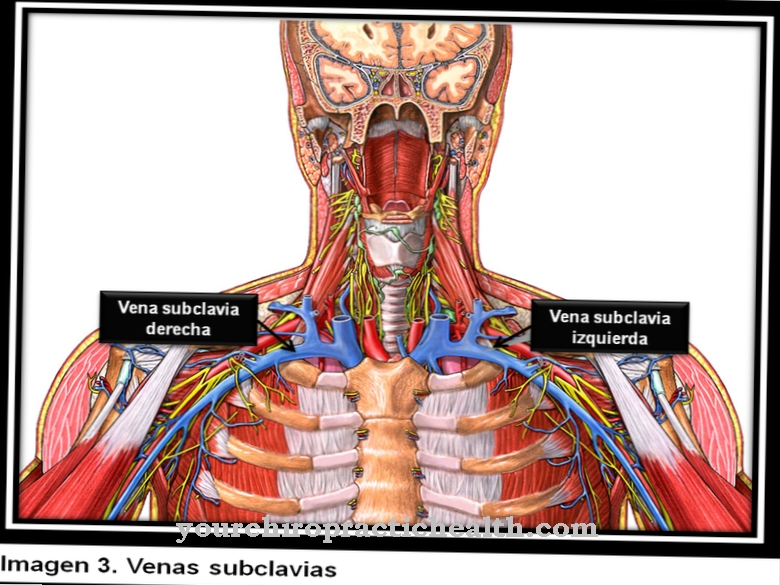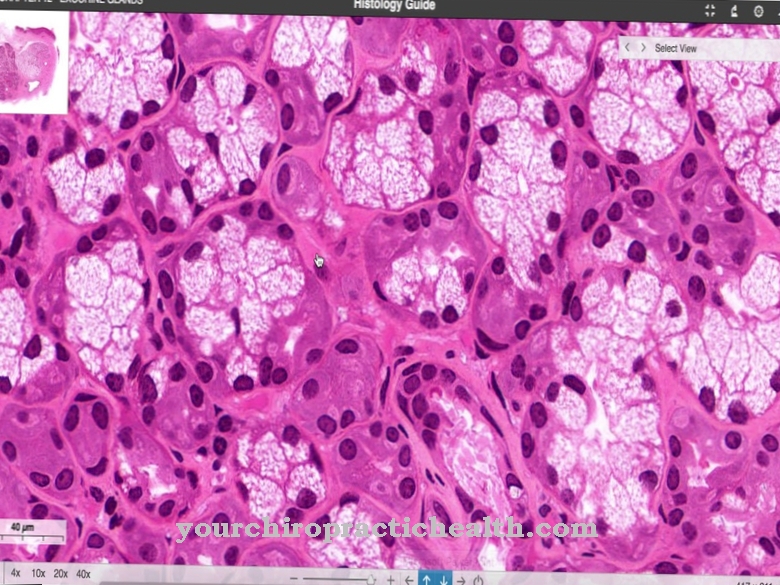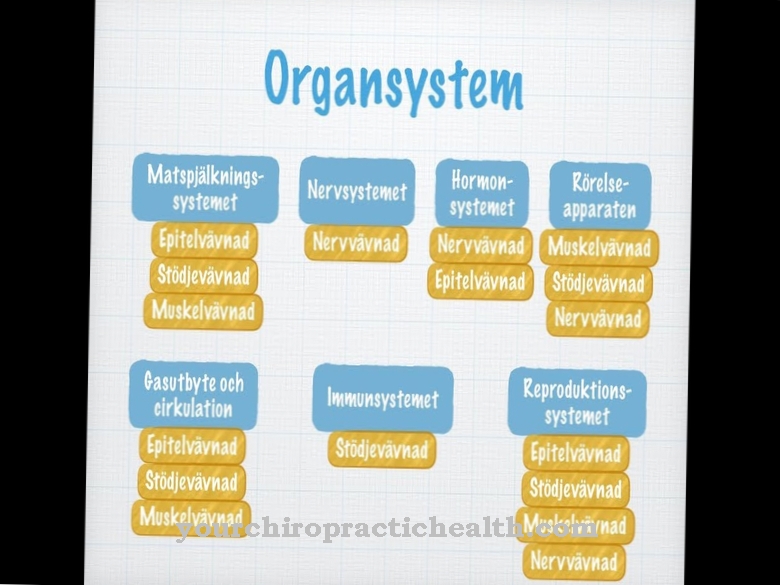One of the main tasks of the larynx is swallowing. Of the Larynx is the most important actor in this process, which is important for survival - without it, food would not be possible. A complex interaction guided by nerves ensures that nutrients can be supplied to the body.
What is the epiglottis?
The larynx (lat. The epiglottis) is part of the larynx (lat. larynx). In addition to the cricoid and thyroid cartilage, the larynx is the third of the three large cartilages of the larynx.
This makes it an essential part of the human respiratory system. He is responsible for ensuring that neither liquid nor solid food can penetrate the windpipe (lat. Trachea) when eating or drinking. If this is the case, the person will choke. Functional disorders are uncomfortable and in the worst case can be life-threatening. Since the adult swallows about two thousand times a day, it is essential that swallowing runs smoothly. During the swallowing process, neither breathing nor speaking is possible - and vice versa.
Anatomy & structure
The epiglottis is a plate of cartilage. It is located directly above the windpipe and is covered with mucous membrane. It is attached to the inner side of the Adam's apple (thyroid cartilage) by a tape. The anatomical components are a stem (Latin Petiolus epiglotticus) and a body.In contrast to the rest of the larynx, which is mainly lined with pulmonary mucosa, the larynx cover is covered with the mucous membrane that can also be found in the mouth area.
When swallowing, the larynx is pushed forward and the lid of the larynx closes the windpipe by laying over the entrance. This process is passive; conscious control is not possible. But the epiglottis is not only responsible for closing the windpipe. It also lies over the esophagus when breathing. So that the larynx cover can do its job, it is controlled by nerves in the mucous membrane. The ninth and tenth cranial nerves are responsible for the swallowing mechanism. The cough and gag reflex can of course also be traced back to neural afferents.
Function & tasks
Swallowing is a particularly complex process in the human body. As soon as the person swallows, a jam is triggered in the throat. The junction of the trachea and esophagus must be checked and kept clear every time. This works automatically thanks to the intelligent interaction of the nerves involved and the larynx. The lid of the larynx closes the windpipe, the food is transported into the esophagus and, after swallowing, the windpipe is opened again.
When the path to the windpipe is blocked, inhalation or exhalation is not possible. Speaking is also not possible because the vocal folds are also closed when swallowing. Anyone who tries to swallow and speak at the same time knows what is happening. The smallest food residues and liquids are immediately coughed up again with a violent attack. It is very rare that this reflex cannot be relied upon. The fact that large amounts of food (or vomit) get into the airways happens in the unconscious, in the alcoholic state, in small children or in the case of anesthesia. If this is the case, it can lead to dangerous pneumonia and in the worst case to death from suffocation.
Diseases
Chronic swallowing disorders are ailments that people suffering from neurological diseases suffer from. If a nerve line is disturbed or fails, the entire process gets mixed up.
Ingestion and coughing fits are the order of the day here. An inflammatory disease of the epiglottis is also known. It often affects children (pre-school age), but adults can also get it. Due to the medical supply situation, the epiglottis called epiglottitis occurs nowadays rather rarely and - if it is recognized in time - can be treated well with antibiotics. This guarantees healing without consequences. The cause of the infection are bacteria: "Haemophilus influenzae" and, more rarely, pneumococci. Symptoms of epiglottitis are a foreign body sensation when swallowing, and shortness of breath sets in very quickly because the larynx swells.
When children have laryngitis, they often refuse to lie down because they can breathe more poorly. It brings relief if you sit down bent over and can support yourself on your arms. Increased saliva and fever are also symptoms of epiglottitis. If you suspect an inflammation of the larynx, the trip to the hospital is inevitable. The disease can become acutely life-threatening if the airways become completely closed. If there is a risk of suffocation, the doctor has no choice but to intubate or use an incision in the trachea to enable breathing again.
The larynx can also be affected by cancer. The so-called supraglottic carcinoma spreads from the pocket folds and the epiglottis. Such squamous cell carcinomas (cancer develops in the cells that line the larynx inside) first affect the larynx and then grow into the surrounding neck tissue. Once the lymph nodes are affected, therapy becomes increasingly difficult. But as with any cancer, the success of the treatment can be seen in conjunction with the time at which the diagnosis was made. Depending on the findings, the attending physician will use chemotherapy, radiation treatment or surgery for therapy.
You can find your medication here
➔ Medicines for hoarsenessTypical & common larynx diseases
- Laryngitis
- Throat cancer
- Larynx paralysis
- Epiglottitis (inflammation of the epiglottis)













.jpg)

.jpg)
.jpg)











.jpg)